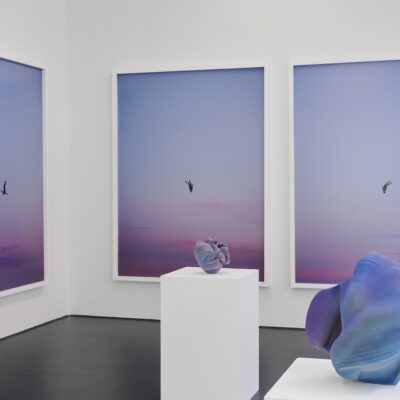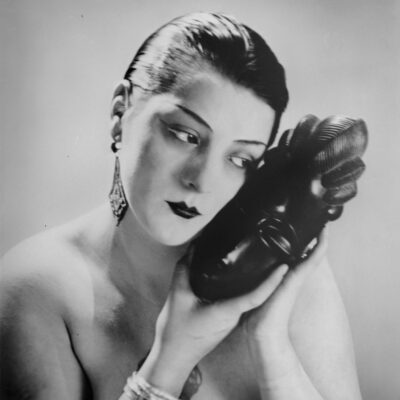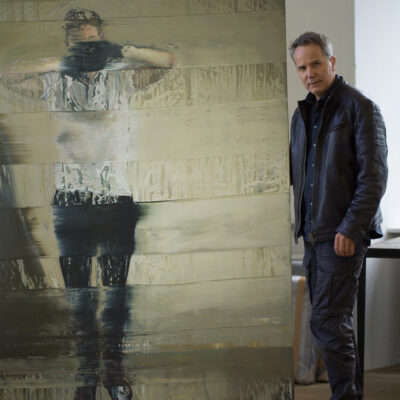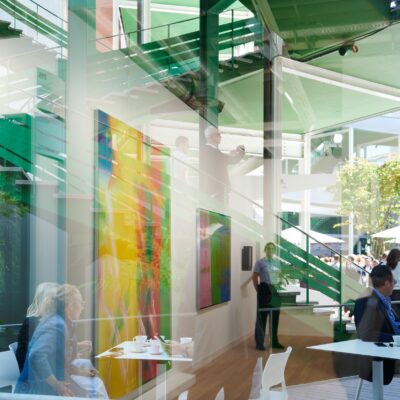BESIDES, IT’S ALWAYS THE OTHERS / D’AILLEURS C’EST TOUJOURS LES AUTRES
Ai Weiwei has taken over Musee Cantonal des Beaux Arts, also known as the Palais de Rumine, and his work infiltrates every corner of the museum. This is the last exhibition in its present location before the museum moves to a new facility called Platform 10 and Ai Weiwei demonstrates his detailed knowledge of the collection, filling the building with artworks that interact closely with the permanent collection.
Ai Weiwei is one of the most important artists working at this time. His most well-known works include “Dropping a Han Dynasty Urn” video from 1995, his work around the Sichuan earthquake disaster in 2008, his Sunflower Seeds exhibition in the turbine hall of the Tate Modern in 2010/2011, as well as his work in 2106 surrounding the refugee crisis using discarded life jackets. Major themes of his work are criticism of the lack of transparency and the human rights records of political regimes. His work brings to attention some of the major political and social issues of our time.

The image of the artist one sees both on the outside of the building and when one first walks in says much about this artist. His eyes are wide open, seeing what takes place, and refusing to close. This is what the artist has done during his artistic life, using various materials and methods to criticise, comment, and raise awareness of what is taking place in our world.
The Musee des Beaux Arts building currently houses the collections of the museums of archeology, natural history, zoology, geology, money and the library, across several floors. Ai Weiwei made some pieces expressly for this exhibition, while other, older pieces were chosen to fit in with the themes of the permanent collection. More than 40 pieces are shown, with works dating from 1995 to the present.
In the first large room, photographs line the walls, each one showing Ai Weiwei giving the middle finger to a major cultural institution in different cities around the world. Titled “Study of Perspective”, it is an ironic reference to the rule of thumb, used to gauge proportions since the Renaissance. Begun in Tiananmen Square, Beijing, in 1995, the series takes in many sites around the world, including the Eiffel Tower in Paris, the Reichstag in Berlin and the White House in the USA. The series visually rejects the art world and the cultural establishment.
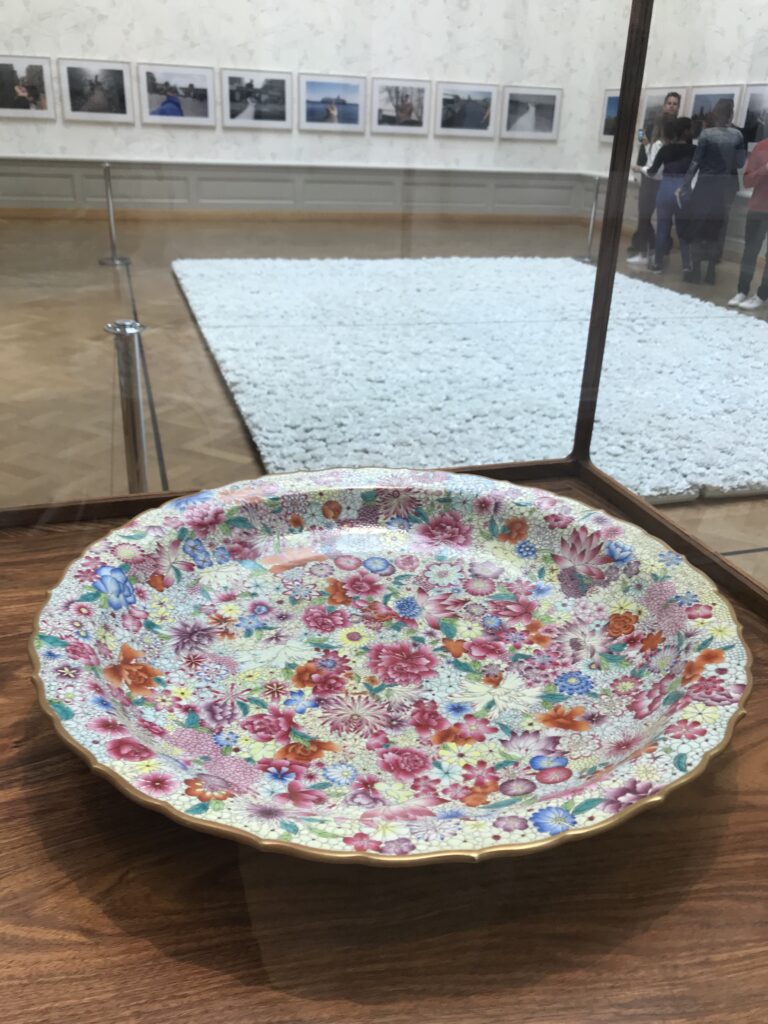
In the center of the room is the work “Blossom” made of porcelain, a material that Ai Wei Wei has used often in his work. Porcelain is a material that historically played a large part in China’s exported products and economy. The flowers in “Blossom” reflect those in the “Flower Plate” in a glass case, however, those on the floor are colorless. This is a reference to the Hundred Flowers Campaign of 1957, the year Air Weiwei was born. Mao Zedong encouraged freedom of creative expression by people during this time, however, a wave of protests against the communist party resulted in the creative movement being put down by the government. Ai Weiwei’s father said that it was the equivalent of insisting that a gardener only plant one kind of flower in his garden.
The next room contains a rectangular installation of sunflower seeds on the floor of the ornate room, reflecting the shape of the room and the skylight in the ceiling. In 2010, Ai Weiwei covered the floor of the turbine hall at the Tate Modern Museum in London with sunflower seeds. Initially, the public were allowed to walk on the seeds until concerns about dust caused the museum to stop that interaction. The seeds are made of porcelain, an important exported material for China. Each seed was hand-painted using 1,500 artisans from the former imperial workshops in Jengdezhen which had made porcelain for 1,000 years for the government. While the meaning of the piece is open for interpretation, it raises questions about mass production versus the hand-made, and the role of labour in creation.

Each seed is individual and unique, like people, and yet when seen in a group they seem to be uniform and homogenous. Ai Weiwei said “Each seed appears as this kind of beautiful grey, with the details of the white lines and the evenly shaded grey colour. And each seed is individual yet at the same time looks identical to the others….So what you see is not what it means. And if what you see is not what it means, then there’s a struggle there.”
On the walls of the room is wallpaper created by the artist. The title is “The Animal That Looks Like a Llama but is Really an Alpaca”. The images include a two-dimensional Twitter logo bird, surveillance cameras, chains, and handcuffs – perhaps a reference to the time Ai Weiwei spent in jail in China for tax evasion in 2011. Alpaca in Chinese is very similar to a derogatory phrase, and in 2009 using this phrase to criticise the government for censorship became viral online. Ai Weiwei’s face can be seen in one image, as well as images from two paintings in the reflections on the surveillance camera image. What appears to be a decorative wallpaper is actually a critical piece, with partially hidden images and meanings.
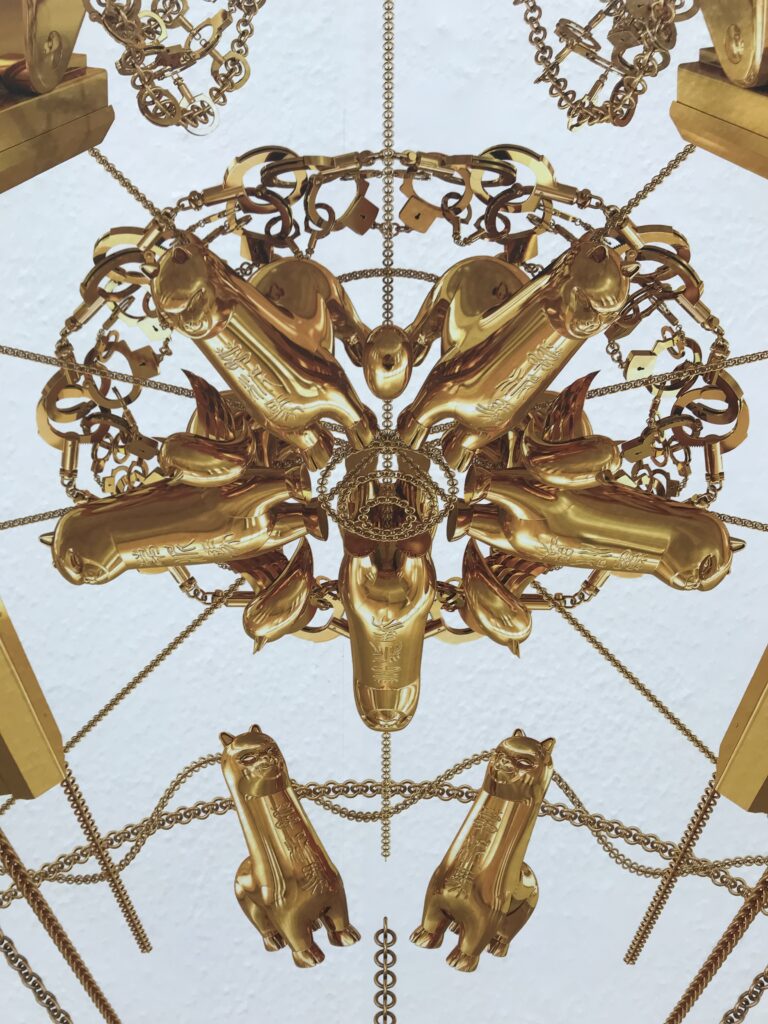
Next is a room with wooden sculptures in it. One is the Map of China, made from the wood of an old Qing Dynasty temple that was demolished. This can be seen as a criticism of the destruction of historic buildings in China in the interest of modern development. Ai Weiwei’s work often retrieves materials from torn-down structures and re-uses them, such as in his “White House” temple structure shown at Unlimited, Art Basel in 2015. The other structures in the room are wooden balls, and the idea apparently came from a plastic ball that Ai Weiwei had for his cats. He set a challenge to his carpenters to create the balls without using glue or nails. It took over a year to discover how to do it. The result is sleek and seamless multifaceted balls that are a tribute to traditional craftsmanship.

In the Geology Museum entrance sits the Crystal Cube. Made of a heavily leaded form of glass, the cube took over a year to cool and weighs more than three tons. It is transparent, and transmits light through and around it. This man-made crystal interacts with the natural crystals and other gems found in the Geology Museum cases nearby. Ai Weiwei has made other compressed cubes including “Ton of Tea”, 2008, made of traditional pu’er tea leaves. In this work there is a contrast between the minimalist shape of the cube and the organic qualities of tea.

In the Zoology Museum there are two large Dragon kites, one is the “Dragon in Progress”. Made of bamboo and silk, it reflects the Chinese tradition of kite-making, as China is where kites were invented. Initially, kites were used to measure distances, test the wind, and for signalling and communicating by the military. Silk and bamboo were used to construct them from the beginning, and eventually the kite became a means of artistic expression in itself. Symmetry is important to ensure that it flies properly, and kites imitate the flight of birds. On “Dragon in Progress” the decoration on the silk pieces is inspired by the birds in cases beneath it. Feathers, beaks, and wings cover the silk, and represent a call for freedom, perhaps even for the birds trapped in the cases.
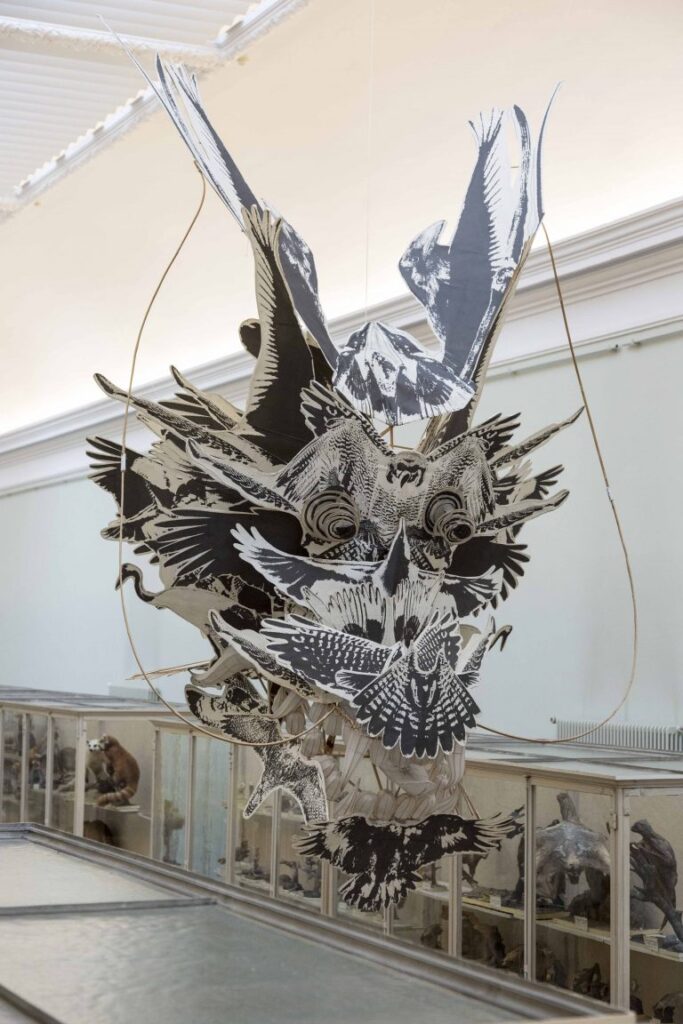
On the other end of the hall one finds a colourful Dragon kite, titled “With Wind”, its length extending through the entire hall. Originally conceived for Alcatraz, the former prison in San Francisco, its scales are covered with symbols from 30 countries with histories of restricting civil liberties. On some of the panels making up the dragon body are quotes from activists fighting for freedom, for example, Nelson Mandela, and from Ai Weiwei himself stating “Every one of us is a potential convict”. Rather than symbolising power, Ai Weiwei says that the dragon symbolises individual power and freedom, stating that “Everyone possesses this power.”

Ai Weiwei “D’ailleurs c’est toujours les autres” is an unmissable opportunity to see the work of one of the worlds’ most famous artists in the intimate setting of the Musee Cantonal des Beaux Arts in Lausanne. Complex, multifaceted, and provocative, these pieces will leave you with a lasting and unforgettable impression of the issues confronting our world today.

